Apple's long-rumored augmented reality headset could arrive mid-way through 2020 prominent analyst Ming-Chi Kuo believes, with the initial round of manufacturing for the fabled head-mounted display speculated to commence as early as the end of 2019.
The iPhone producer's work in the field of augmented reality has led to many reports over the years claiming a headset or smart glasses that take advantage of the technology is in development. According to a note to investors from Ming-Chi Kuo, it may arrive sooner than people think.
In the note, Kuo believes the mass production of an Apple AR product may start in the fourth quarter of 2019, though it is suggested this window stretches into the second quarter of 2020. It is unknown when the device will launch, but the timing of manufacturing certainly suggests sometime during 2020.
The timeline for its release, according to Kuo, is somewhat optimistic and relatively near term. In May 2018, Loup Ventures' Gene Munster suggested Apple won't bring out an AR wearable device until late 2021, a revision of earlier speculation that tipped a September 2020 launch.
Kuo claims the first generation of Apple's AR glasses will only act as a display, with a nearby iPhone performing all of the processing, including rendering scenes, providing a data connection, and location-based services like GPS. It is unclear if the accessory would be connected by a cable or take the wireless route and use Bluetooth, Wi-Fi, or another similar technology for close-range communications.
The described hardware, with processing offloaded to an iPhone held separately, could potentially result in an extremely light headset, at least in comparison to current-generation VR headsets and versions that slot an iPhone or another smartphone into a frame for use as a display.
As it already is used to power ARKit experiences, an iPhone is more than capable of performing processing for a connected headset, but the system does raise questions about how the connection with the host mobile device will function, as well as power concerns for both the headset and the iPhone.
One earlier rumor for the headset suggested it would use 60-gigahertz WiGig to make a connection with a host without cables. The connection would certainly provide the throughput required for video and other data needed for AR glasses to function, but it would limit the device to working either with a future iPhone model with WiGig support built in or some form of adapter would be required for use with older iPhone models.
The same rumor also speculated the use of extremely high resolution eyepieces, offering an 8K resolution for each eye. Not only is this beyond current Apple hardware, but also far exceeds the resolution of existing AR and VR headsets, such as the Vive Pro's 1,440-by-1,600 pixels per eye.
The high resolution seems doubtful at this stage, as it would not only put pressure on the data connection with the iPhone, but the increased graphical requirements would mandate a considerable processing upgrade for the iPhone.
 Malcolm Owen
Malcolm Owen

-m.jpg)





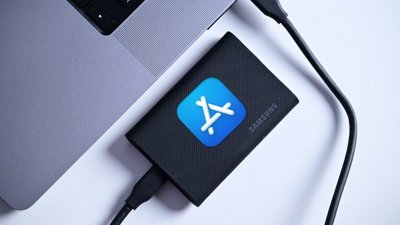
 William Gallagher
William Gallagher
 Thomas Sibilly
Thomas Sibilly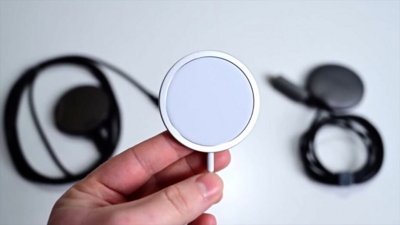
 Andrew O'Hara
Andrew O'Hara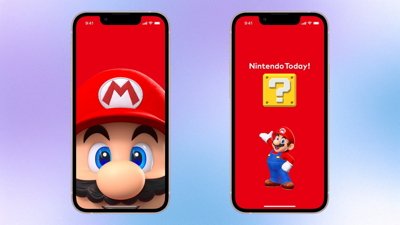
 Amber Neely
Amber Neely
 Marko Zivkovic
Marko Zivkovic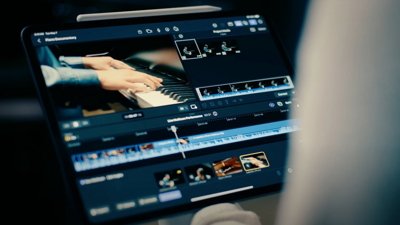

 William Gallagher and Mike Wuerthele
William Gallagher and Mike Wuerthele


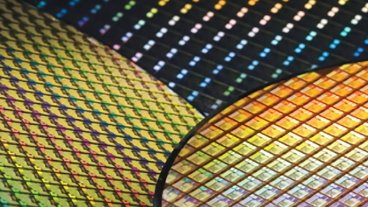






47 Comments
That seems like a hell of a lot of data that you're shunting over a wireless connection, and in a situation where any lag will destroy the experience. Colour me sceptical, firstly of the report and then of the system.